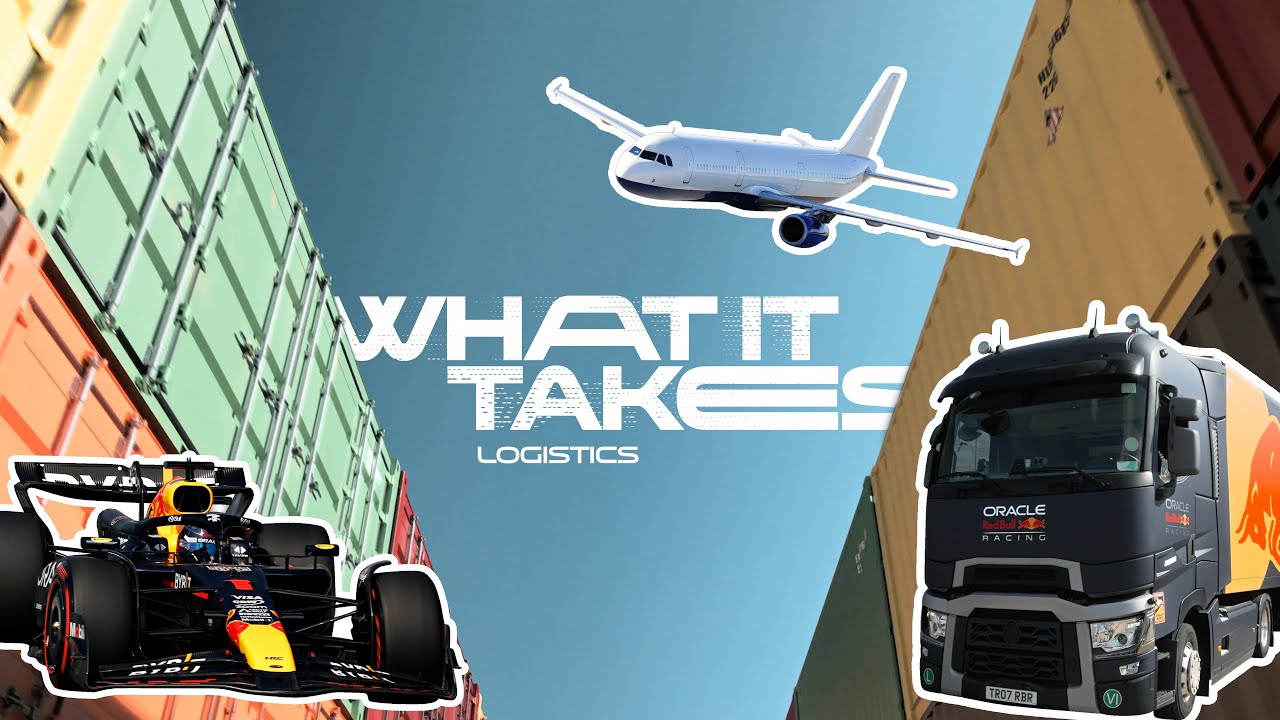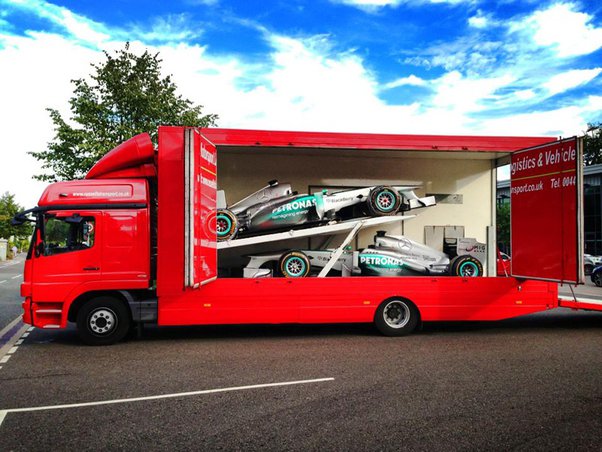You know, I’ve always been a bit nuts about how stuff gets moved around, especially big, complicated stuff. And then I saw these documentaries, or maybe it was just a load of pictures online, about Formula 1 lorries. Man, those things are something else. Gleaming, massive, and packed with more high-tech gear than you can shake a stick at. The way they roll into a circuit and unpack an entire F1 operation is just mind-blowing.

So, my brain goes, ‘Hey, if they can pack up an entire racing team, cars and all, and move it across continents with that kind of precision, surely I can get my own junk sorted out with a bit of that F1 magic.’ Famous last words, right? I figured I could be the pit crew chief of my own domestic chaos.
My garage. Oh boy, my garage. It was less ‘pit lane efficiency’ and more ‘post-apocalyptic jumble sale’. Tools everywhere, bits of old projects, stuff I swore I’d use ‘one day’. This was going to be my Silverstone, my Monza. I was gonna transform it into a temple of order, inspired by those awesome lorries.
My Grand Lorry Strategy
I got all hyped up. Started sketching plans. I wasn’t just going to tidy up; I was going to engineer a solution. I’m talking custom storage, everything labelled with one of those fancy label makers, a place for every single nut and bolt. Just like those F1 teams roll into a circuit and everything just works because it’s all packed in its perfect spot in those massive, gleaming lorries. They make it look so easy.
I even started looking at those fancy modular storage systems online, the kind that probably cost more than my first car. Thought about color-coding everything. Red for power tools, blue for hand tools, you get the picture. Real pro stuff, or so I thought. My garage was going to be a masterpiece of efficiency.
Then I actually started. First off, those ‘custom solutions’? Turns out, making custom anything takes forever when you’re just one person with a hand saw and some weekend ambition. And the cost! Those F1 teams, they’ve got budgets bigger than my entire street’s annual income. My budget? Let’s just say it wasn’t exactly F1 sponsor money. More like loose change found down the back of the sofa.

And the discipline! Those teams, they pack and unpack like clockwork, day in, day out. Me? I’d clear a shelf, then get distracted by some old gadget I found. Or I’d ‘temporarily’ put something somewhere, and ‘temporarily’ would turn into ‘permanently lost in the new system that wasn’t even finished yet’. It was a disaster. My grand plans started to look a bit silly pretty quickly.
- Stuff just didn’t fit where I planned it to. My measuring skills were clearly not F1 standard.
- I ran out of labels almost immediately. Who knew labels were so expensive?
- My ‘modular system’ ended up being a collection of mismatched plastic boxes I got on sale at the local hardware store. Not quite the high-tech vibe I was going for.
It hit me after about three weekends of chaos, dust, and very little visible progress. I wasn’t an F1 team. I didn’t have a crew of twenty dedicated mechanics and logistics wizards working round the clock. I was just me, trying to wrestle a lifetime of accumulated stuff into submission with a dream and not much else. Those lorries, they’re impressive because of the entire system behind them – the people, the planning, the money – not just the shiny paint and fancy internal racking.
The Pit Stop Reality
So, did I achieve F1-level organization in my garage? Absolutely not. Not even close. My garage didn’t end up looking like a McLaren Technology Centre pit bay, that’s for sure. More like… a slightly less chaotic version of what it was before. A very, very slightly less chaotic version.
I did get some shelves up, finally. I did throw a lot of junk away, which was probably the biggest win. Some things even got labels, though the handwriting is terrible and half of them are already peeling off. The ‘lorry’ I ended up with wasn’t a gleaming, purpose-built transporter. It was more like an old, reliable pickup truck. It gets the job done, mostly, but it ain’t winning any design awards or speed records.
It was a good lesson, though, a proper practical experience. Those F1 lorries are cool, a marvel of logistics, no doubt about it. But trying to copy that kind of hyper-efficiency in normal life, for normal stuff, without the F1 resources? It’s a recipe for frustration, and a lot of wasted weekends. Sometimes ‘good enough’ really is good enough. And my garage? Well, I can find most of my tools now. Most of the time. That’s a win, right?
